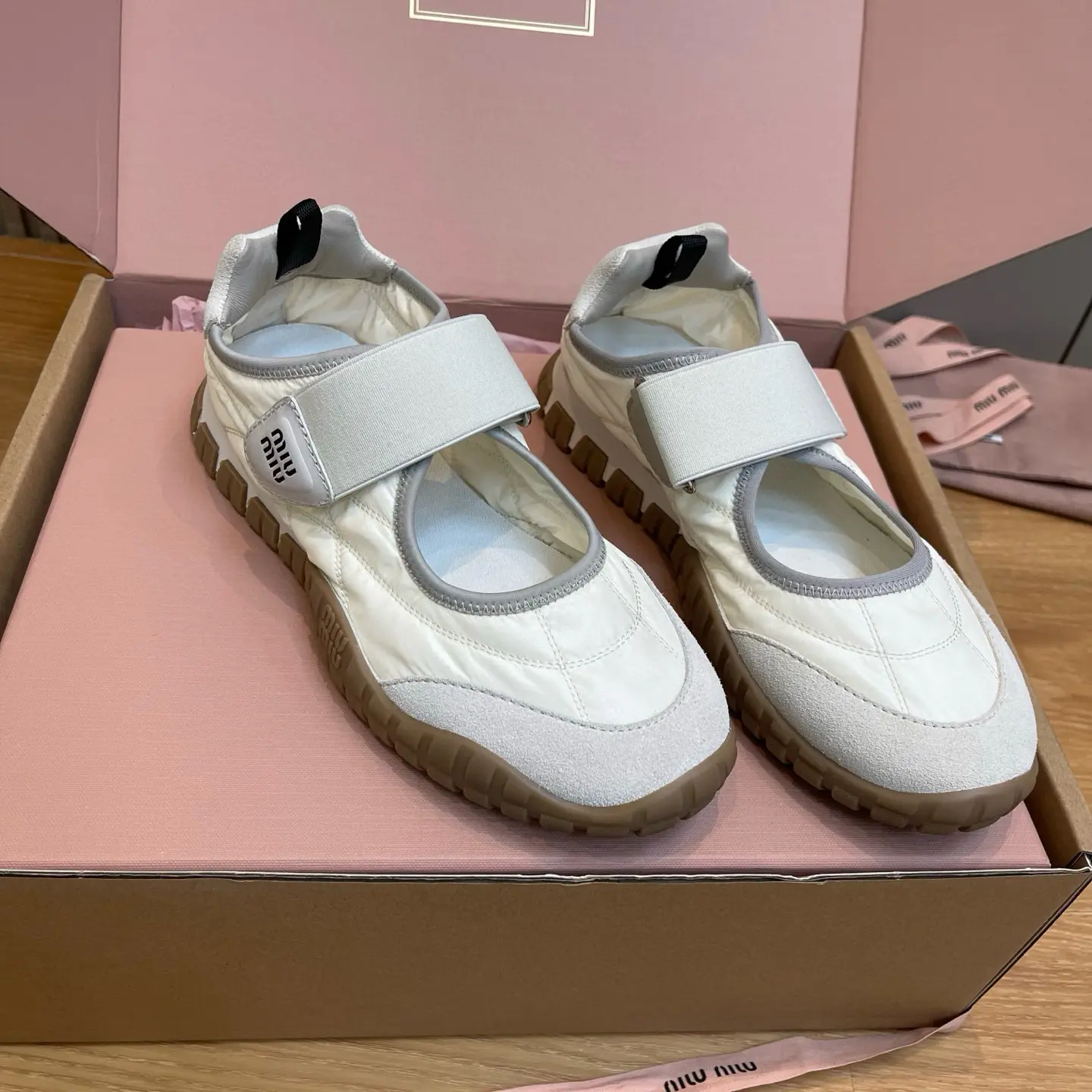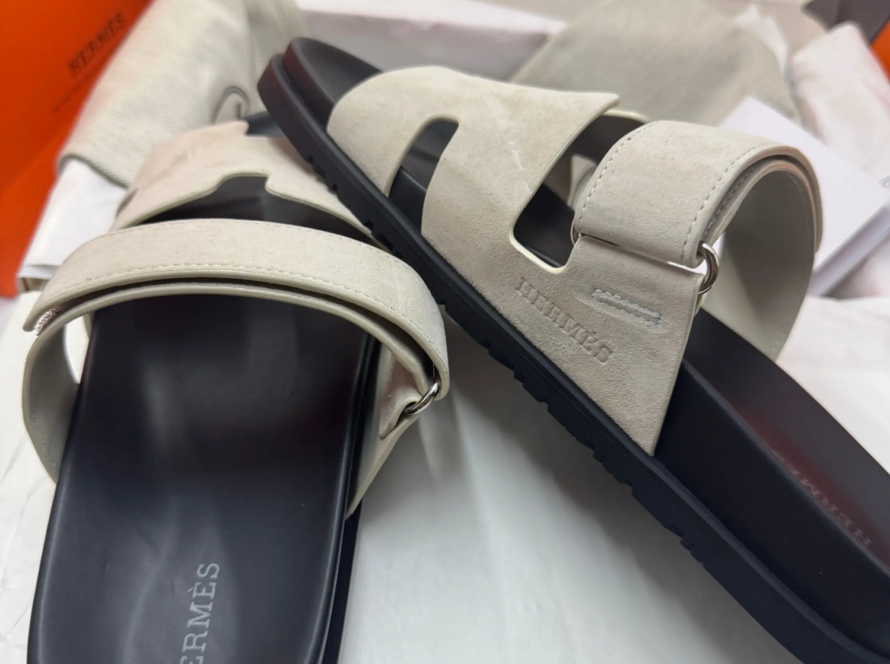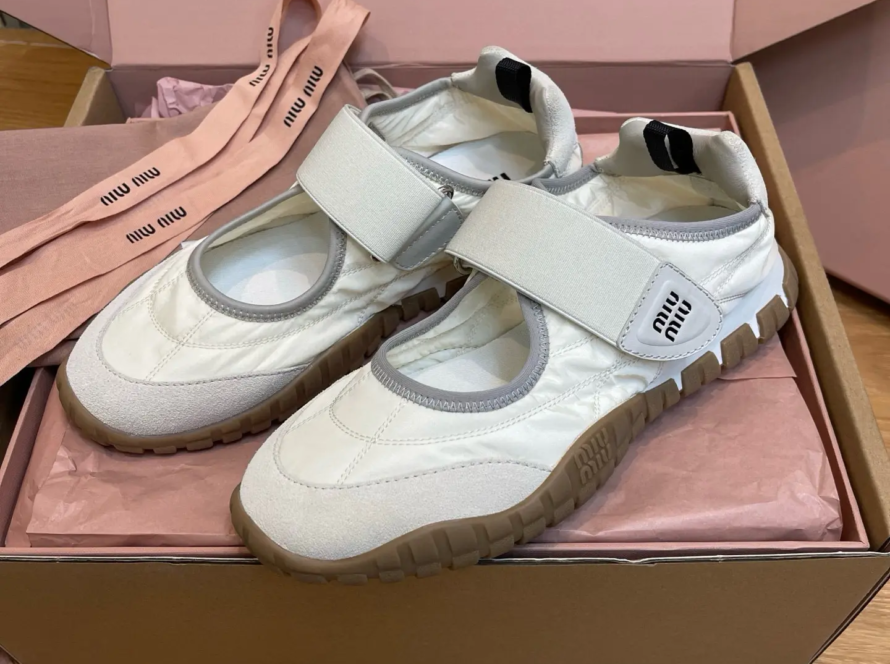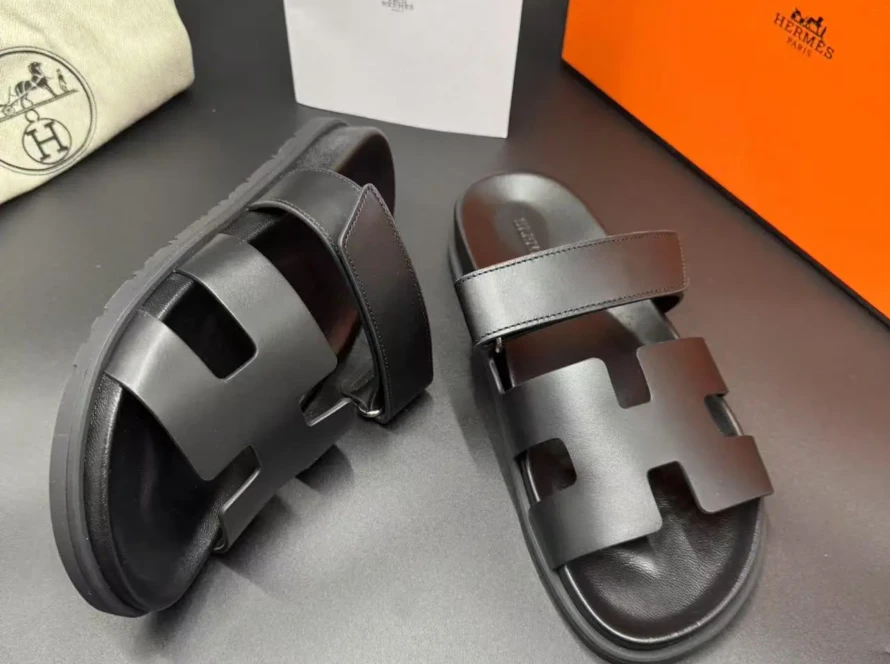
Luxe Essentials Keeper: Why Every Pair of Shoes Deserve Leather Shoe Protection Spray
For those invested in the art of fine footwear—whether it’s a handcrafted Italian oxford, a custom brogue, or a limited-edition designer pump—leather is more than just a material. It is the embodiment of tradition, craftsmanship and timeless elegance. However, even the most delicate leather is fragile. Rain, spills, UV exposure and daily wear and tear can all weaken its shine and affect its longevity. Enter Leather shoe protection spray: Maintains a perfect invisible shield.
Conservation Science: What makes Elite Protector Spray unique
Not all protectors are created equal. Luxury footwear requires formulas that provide protection without altering texture, color or breathability. Premium sprays utilize advanced technology:
- Nanotechnology Barriers: Microscopic polymers form an imperceptible hydrophobic layer that repels water, oil and salt without clogging leather pores.
- UV inhibitors: Prevents sun-induced fading and brittleness, which is essential for maintaining the rich patina on calfskin or aniline-dyed leather.
- breathable membrane: Unlike wax-based products that suffocate leather, Elite Spray allows for natural moisture exchange, preventing cracks and maintaining softness.
- pH balanced formula: Acidic or alkaline sprays can degrade leather over time. Excellent selection maintains the material’s natural pH (approximately 4–5.5), thereby extending its service life.
The Art of Application: Mastering Ritual
Applying a protective spray isn’t just a chore, it’s a ritual that respects your investment.
- Prepare: Clean shoes carefully using pH-neutral leather cleaner. Untreated dirt or residue can become trapped under the spray and accelerate wear.
- test: Spray a small, inconspicuous area (such as the underside of the tongue) to ensure compatibility with delicate finishes like matte nubuck or metallic coatings.
- technology: Keep jars 6-8 inches away. Apply in even, sweeping motions without puddles. Let the first layer dry completely (15-20 minutes), then add the second layer on high-stress areas (toe, heel).
- maintenance: Please wait 24 hours before wearing. The polymer takes time to bond deeply with the leather fibers.
Beyond Spills: Unexpected Threats to Your Leather
While water and stains are obvious enemies, subtle dangers lurk as well:
- Salted: Winter road debris can dehydrate leather, causing irreversible whitening. Protective spray creates a sacrificial barrier.
- Thermal damage: Prolonged exposure to radiators or direct sunlight can dry out leather’s natural oils. UV protection sprays can mitigate this risk.
- handling acid: Everyday substances such as perfume, sweat or citrus based cleaners can corrode unprotected leather.
Curator’s Corner: Pairing Sprays with Leather Types
Luxury leathers come in many different varieties – each requiring meticulous care:
- Suede and nubuck: Choose a spray that contains fluorocarbon resin, which repels liquids without smoothing out lint.
- Exotic skins (crocodile, ostrich): Look for non-aerosol, solvent-free sprays to avoid lifting delicate scales or feathery hair follicles.
- patent leather: Use a water-based formula; solvents in aerosol sprays can make gloss topcoats cloudy.
The cost of neglect and the value of conservation
A $50 bottle of Advanced Protection Spray can protect a pair of shoes worth more than $1,000 for years. Compare this to the cost of professional restoration ($150-$300 per pair) or early replacement. For collectors with carefully curated wardrobes, conservation is not optional but a fiduciary responsibility.
Conclusion: Elegant, reserved
Leather will age, but it won’t necessarily rot. A meticulous conservation program pays homage to the craftsmen who shaped your shoes and the legacy they carry. Whether you own a pair of heirloom-quality pieces or a bunch of rare editions, Leather shoe protection spray Turn protection into an act of awe—making sure every step is as flawless as the first.
FAQ: Leather Shoe Protection Spray
Q1: Will the protective spray change the color or texture of my leather shoes?
High-end sprays are designed to be invisible. They will not darken, harden or leave residue on quality leather when used correctly. Always test on a hidden area first, especially with stained or vintage pieces.
Q2: How often should I re-spray?
Frequency depends on usage. For daily wear shoes, reapply every 2-3 months. For seasonal or occasional wear, once every 6 months is sufficient. Refresh protection after professional cleaning or exposure to heavy rain.
Q3: Can I use it on non-leather materials like fabric lining or rubber sole?
Focus your spraying strictly on the surface of the leather. While most sprays will not damage fabric or rubber, overspray may leave a faint residue on these materials.
Question 4: Is environmentally tanned (“vegetable tanned”) leather safe?
Yes, provided the spray is solvent-free and pH-balanced. Vegetable-tanned leather is more porous than chrome-tanned leather, so it must be dried thoroughly (24+ hours).
Q5: My shoes are soaked despite spraying. What now?
Wipe away excess moisture with a microfiber cloth, fill with cedar shoe trees, and let air dry away from heat. Once dry, clean and reapply protective spray. Sprays can minimize damage but are not a substitute for immediate care.
Question 6: Are “all-in-one” cleaning and protection sprays effective?
Dual-action products can compromise efficacy. Special cleaning machine deeply removes debris; protector forms an independent barrier. Use individual products for best results.
Q7: Will temperature affect the application?
Store and use spray at room temperature (65°F–75°F). Cold aerosols may sputter; heat may destabilize formulations.
Q8: Can protective spray prevent creases?
No – creases are a natural phenomenon when leather bends. However, conditioned, protected leather will develop finer, less noticeable creases over time than dry material.




